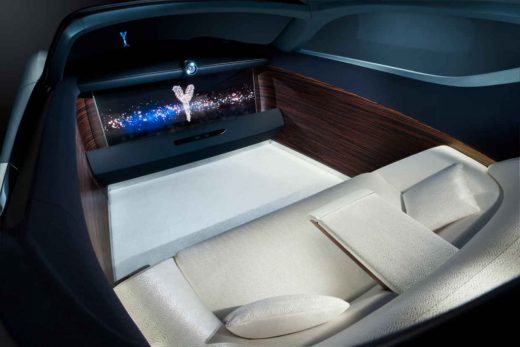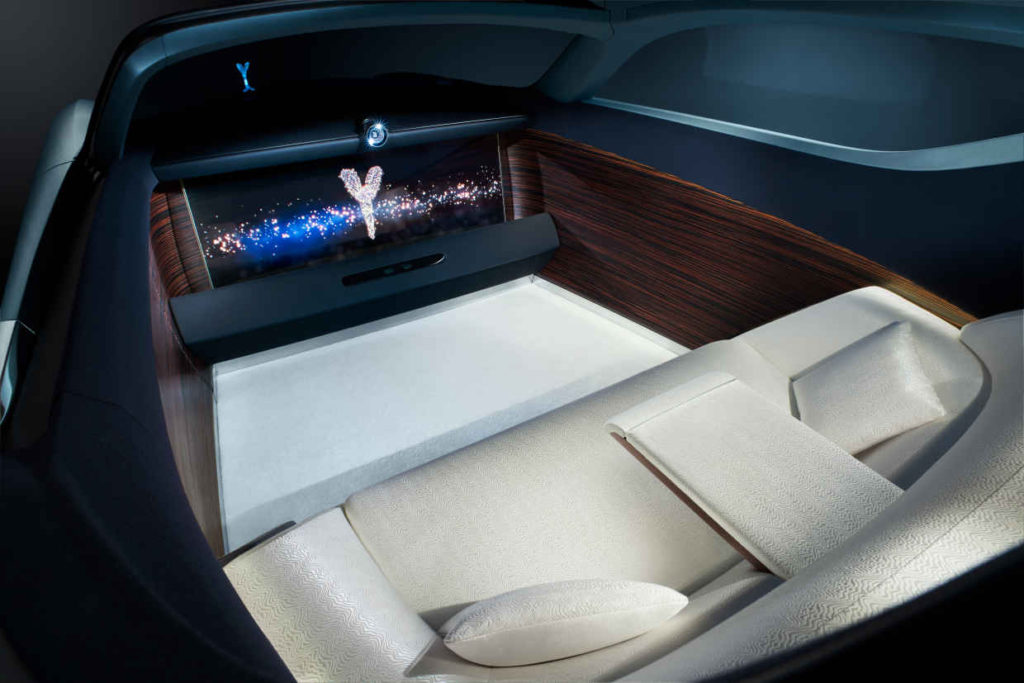Could better entertainment make us love autonomous vehicles?
Could better entertainment make us love autonomous vehicles?

A recent survey by AAA hinted that as much as 75% of all drivers are hesitant to hop in a fully autonomous vehicle in fear that the technology is less safe than a human driver. That’s a big hurdle for car makers working on their own self-driving technologies to overcome.
After all, what good are the billions of dollars worth of research and testing if you can’t convince three-fourths of the public to step into your vehicle – let alone purchase one.
Elliot Garbus, the general manager of the transportation solutions division at Intel, shared his thoughts about solving this problem in an SAE International event this past week.
“We need to be able to build trust with the passenger,” Garbus said. “Seeing what the vehicle is seeing builds trust.”
By improving the in-car console and including a lot more information about what the vehicle is seeing and basing its actions off of, the rider will become more aware of just how capable these automated systems are. Garbus believes that by giving riders more insight into the vehicle’s operation, they will be less nervous about handing over control.
Another great tool for easing tension is improved in-car entertainment. Airlines are already taking advantage of this fact by providing in-flight entertainment through private or shared screens playing movies and television shows throughout the flight. It’s a welcome distraction from the turbulence and discomfort that comes with commercial flying, and it could be the solution to solving the public acceptance riddle for autonomous driving.
Full autonomy may be entertainment enough
The day is quickly approaching when passengers will no longer be required to watch the road with their hands on a steering wheel. Instead, their attention will be placed elsewhere. Often on their phones, but also on the front of the vehicle where a lot of additional space will be freed up by the removal of a steering wheel, shifter, and pedals.
As we’ve covered previously, in-car entertainment is set to become a much bigger business as riders spend their commuting hours consuming content rather than concentrating on the task of driving. This includes audio, video, and interactive content such as Web browsing and mobile app use.
What would this in-car entertainment center of the future look like? Rolls-Royce unveiled a concept car this year that replaces the traditional console with an ultra-wide screen display enabling passengers to watch videos, interact with a Siri-like artificial intelligence, and navigate the Internet from the comfort of a plush leather couch.
Sure hopping in the back of an autonomous Prius and watching the steering wheel turn itself is unnerving and creepy by today’s standards, but in a future where steering wheels are an artifacts of transportation’s history, a much more welcoming entertainment experience awaits.
The post Could better entertainment make us love autonomous vehicles? appeared first on ReadWrite.
(7)



